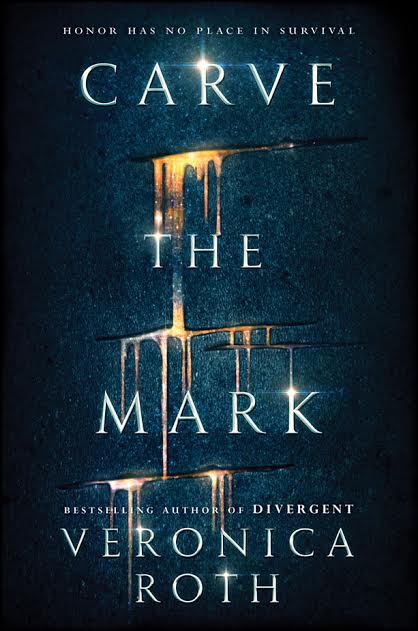Veronica Roth certainly knows how to make an appearance—on book shelves. In 2011, she debuted her young adult (YA) dystopian novel, “Divergent,” about a future where humanity is divided according to their traits (factions) and conspiracies run wild amid a ruined planet and dangerous technology. It was a perfectly timed attack in the wake of the success of other dystopian YA books such as Suzanne Collins’ “The Hunger Games” trilogy. “Divergent” became a best-selling trilogy, with “Insurgent” coming out in 2012 and “Allegiant” in 2013. The actress Shailene Woodley starred in three movies adapting the series.
Now Roth returns to the shelves with a new book, “Carve the Mark” (Katherine Tegen Books, New York, 2017, 480 pages), the first of a two-book series. On the planet Thuvhe, two nations—the Shotet and the Thuvhesit—battle each other in a world where impressive tech is common but so are duels to the death. Here, there is a current that runs through the universe and everyone has a “currentgift,” a unique ability or power that makes them different from each other. Even as ships fly to other planets, the people also believe in oracles—and the fates announced for everyone taken as gospel truth.
Into this chaotic state of affairs, we meet Cyra Noavek, the sister of the cruel ruler of the Shotets. Her currentgift is fearsome and widely feared—she can send pain to other to the point of death. Then we meet Akos Kereseth, a Thuvhesit with the unusual power of cancelling out other people’s powers.
Akos is captured and held in captivity essentially to counteract the effects of Cyra’s powers (she feels the pain she causes). But the two draw closer even as readers get a wider, more detailed view of their universe and the their predicted fates play. “I didn’t choose the blood that runs in my veins,” Cyra says. “Any more than you chose your fate. You and I, we’ve become what we were made to become.”
The basics of what Roth likes to do are all here: dystopian population divided by faction; every character with an extraordinary quality that makes them unique; subplots involving family members, and efforts to take down a ruling authority. Simply put: If you liked “Divergent” you’ll like this.
Turbo-charge
But it’s like Roth took “Divergent” and then turbo-charged it. “Carve the Mark” is much more seriously sci-fi. It’s interplanetary backdrop gives it grander scale. The brutal practices on Thulve make it a crueler place. The book’s title, after all, comes from the practice of literally carving a line on your arm for everyone you kill.
This also amps up the Romeo-and-Juliet nature factor, as Shotet and Thuvhesit are not to be together. Roth alternates the focus of each character from Cyra to Akos. Thuvhe is a much richer, altogether more violent and striking setting than Roth’s “Divergent” earth. The nature of the current and the currengifts is also very interesting, as it turns out the nature of your current gift is tied in to who you are: “Every currentgift carries a curse, but no gift is only a curse.
Cyra and Akos are notably darker and more intense than Tris and Four. The electricity that crackles between them feels more forbidden and thus infectious. Roth leaves “”Carve the Mark” with a non-ending of sorts because the book leads directly into the sequel, due next year. In the meantime, she’s written “Carve the Mark,” a sharp, smart sci-fi YA novel that is better than her “Divergent” work and reminds readers of how much promise Veronica Roth has and the books she’s to write, to quote Akos: “ I feel like I just walked right into my fate without meaning to.”
Available in paperback at National Book Store.















































